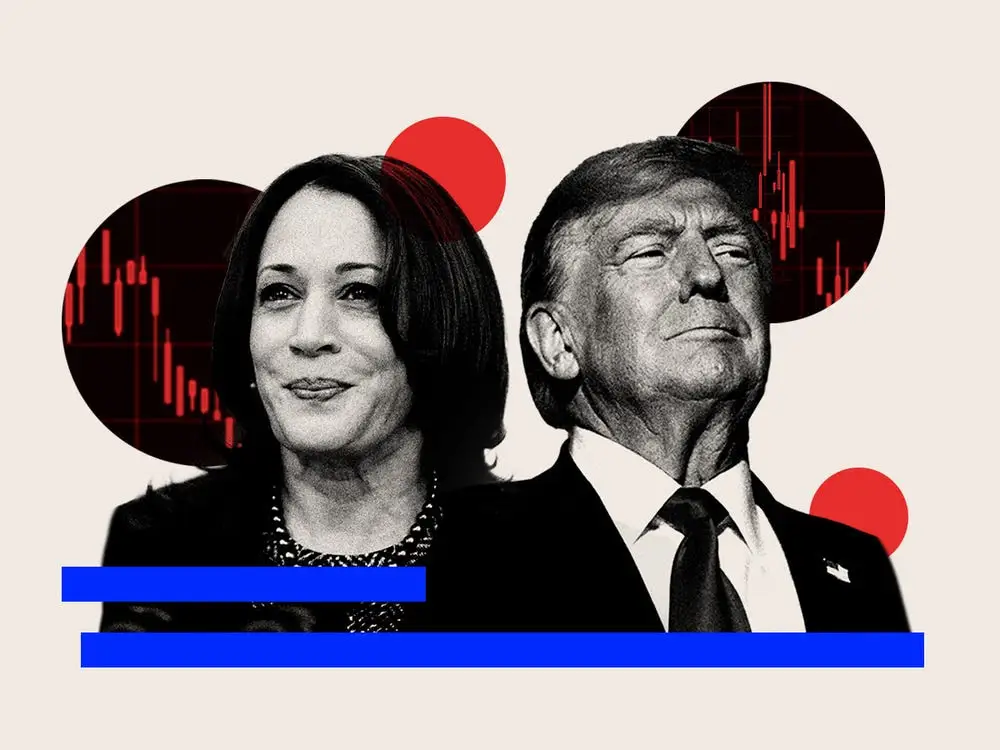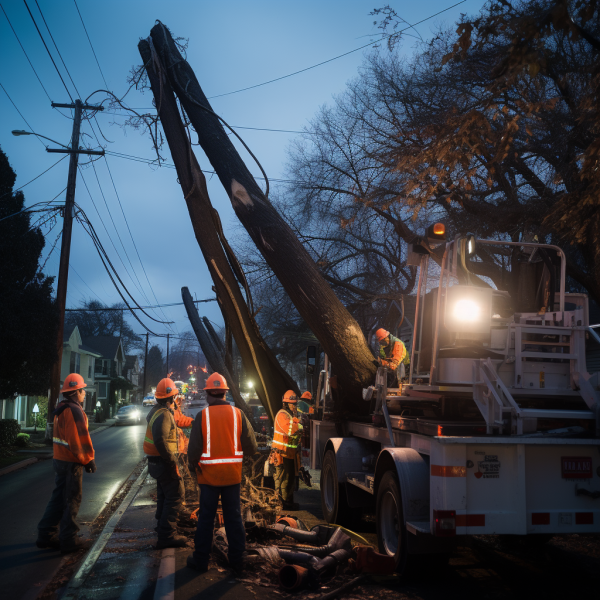Final polls show Harris and Trump headed for a photo finish

This year’s electoral map has long been set.
Arizona, Georgia, Michigan, Nevada, North Carolina, Pennsylvania, and Wisconsin will likely determine whether Vice President Kamala Harris or former President Donald Trump wins.
The poll numbers in these seven states have been close for months. And that hasn’t changed with 24 hours to go.
The final set of New York Times/Siena College surveys of each state showed Harris narrowly leading among likely voters in Georgia, Nevada, North Carolina, and Wisconsin, while Harris and Trump are tied in Michigan and Pennsylvania. In Arizona, Trump holds a four-point lead over Harris.
Georgia, Nevada, and North Carolina are all Sun Belt states where the economy has loomed especially large. When President Joe Biden was still the presumptive Democratic presidential nominee, he had fallen behind Trump in Georgia and Nevada, but Harris quickly made these states competitive.
In Georgia, Harris leads 48% to 47%, according to the Times poll. She has slightly larger advantages in North Carolina (48% to 46%) and Nevada (49% to 46%).
Black voters will be key in Georgia and North Carolina, where they make up significant shares of the electorate. Biden in 2020 won Georgia by a razor-thin margin, while Trump narrowly won North Carolina that year.
In Georgia, more than 4 million voters cast early ballots, and just over a million of those voters were Black, according to data from the Georgia Secretary of State’s office. And in North Carolina — where Democrats have not won on the presidential level since Barack Obama’s 2008 win — there’s been a concerted effort to boost turnout in the party’s strongholds in the Charlotte and Raleigh areas.
Latino voters will be critical in Nevada, where issues like housing affordability and inflation have driven the political conversation and given Trump hope that he can flip the state, which hasn’t backed a Republican presidential nominee since George W. Bush in 2004.
Among the northern “Blue Wall” states, which are especially critical for Harris, there is still no clear leader in the battlegrounds of Wisconsin, Michigan, or Pennsylvania.
In Wisconsin, Harris leads 49% to 47%, while Michigan (47% to 47%) and Pennsylvania (48% to 48%) were both draws in the Times poll. Harris has campaigned to secure support from working-class, minority, and union voters in these areas. Trump has sought to move some of these voters into his column, aware that any small shift in their support could prove decisive in an already close race.
Biden won all three Blue Wall battlegrounds in 2020.
Some Democrats are worried that Trump could once again make inroads in the Midwest like he did in 2016, but the new Des Moines Register/Mediacom poll showed Harris with a three-point edge in GOP-leaning Iowa, which could portend the vice president performing strongly in the Blue Wall.
Meanwhile, in Arizona, where Latino voters will once again be key, the former president’s four-point edge is his largest of the seven states polled by the Times.
Arizonans have consistently cited the economy and immigration as two of their leading issues — which poll stronger for Trump — but democracy concerns and reproductive rights are also top issues for voters. And the latter two subjects are highly beneficial for Harris.
There’s also a generational gap in Arizona that, at the moment, is helping Trump in a state that Biden narrowly won in 2020.
In the Times/Siena poll of likely Arizona voters, Harris led among voters aged 18 to 29 (55% to 41%) and 30 to 44 (50% to 44%), but Trump held advantages with voters aged 45 to 64 (53% to 42%) and 65 and older (51% to 43%).
The gender gap in the swing states, meanwhile, mirrors the deep gulf in national polling. Harris is winning female voters by 16 points (57% to 41%), according to the final NBC News poll. Trump had an 18-point lead with male voters (58% to 40%).
And with the candidates tied in the final NBC poll of registered voters (49% to 49%), it could ultimately come down to who votes in larger numbers, women or men.
In early voting in swing states so far, women outvoted men, but it remains unclear if that trend will extend to Election Day.





